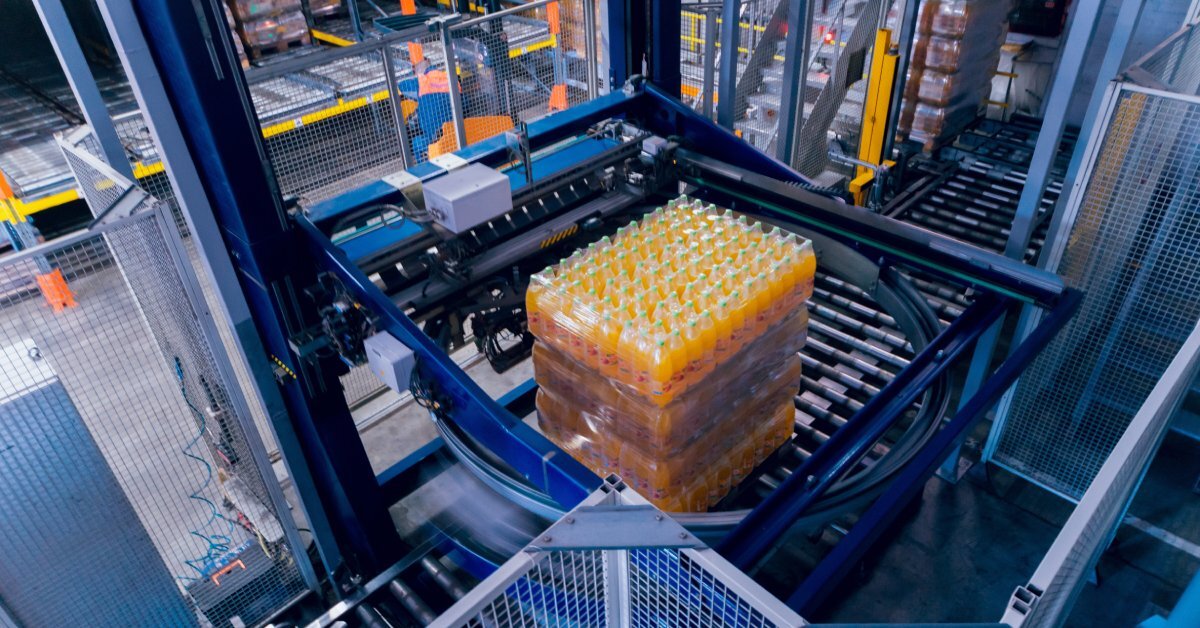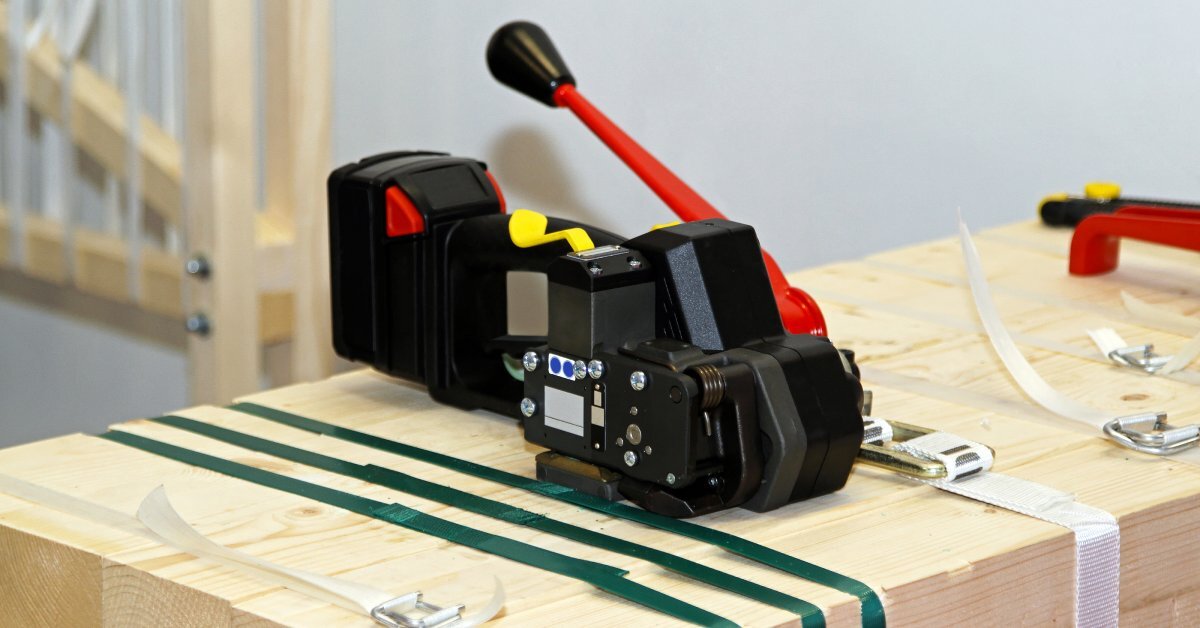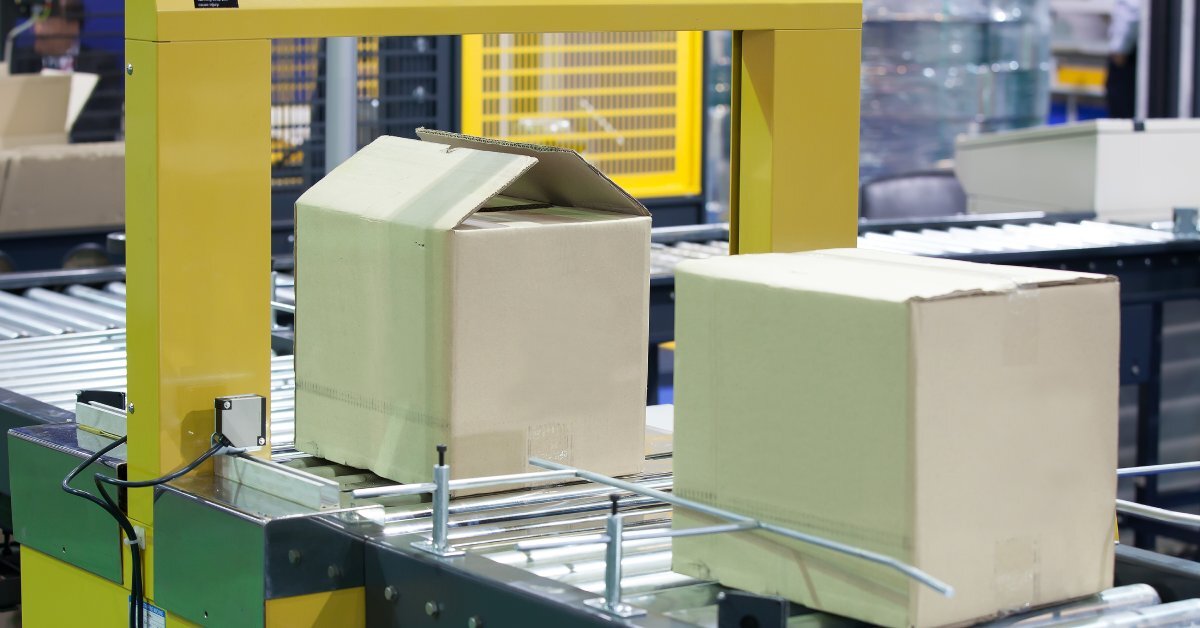
Automatic strapping machines are vital components of efficient packaging operations, and like any industrial equipment, they require consistent care to deliver peak performance. A well-maintained machine can operate for years without major issues, while neglected equipment often fails at the worst possible moments—during peak production hours or critical shipping deadlines.
This guide covers the essential maintenance tips for automatic strapping machines. From daily cleaning routines to monthly inspections, these strategies will help you avoid costly repairs and ensure consistent strapping quality.
What Are Automatic Strapping Machines?
Automatic strapping machines are industrial packaging devices that secure products with plastic or steel strapping bands. These machines automatically feed, tension, seal, and cut strapping material around packages without manual intervention. They’re commonly used in warehouses, manufacturing facilities, and distribution centers to secure boxes, bundles, and palletized goods for shipping.
The machines typically consist of several key components, including feeding mechanisms, tensioning systems, sealing units, and cutting assemblies that work together to create secure, consistent straps. Each component requires specific maintenance attention to function properly.
Modern automatic strapping machines can process hundreds of packages per hour, making them essential for high-volume operations. However, this intensive use means that regular maintenance becomes critical for preventing breakdowns and maintaining consistent performance.
Why Is Maintenance Important?
Proper maintenance of automatic strapping machines directly impacts your bottom line through improved reliability, reduced operating costs, and consistent product quality. Machines that receive regular care experience fewer failures, which means less production downtime and fewer emergency repair calls.
Regular maintenance also ensures that your strapping remains consistent in tension and placement. Poorly maintained machines often produce loose or improperly positioned straps, leading to package failures during shipping and potential product damage claims.
The cost of preventive maintenance is significantly lower than that of emergency repairs. A neglected machine might require expensive component replacements or extensive rebuilds, while regular maintenance typically involves relatively inexpensive consumable parts and routine adjustments.
Well-maintained equipment also operates more efficiently, using less energy and producing less waste. This efficiency means lower operating costs and reduced environmental impact over the machine’s lifetime.

Essential Daily Maintenance Tips
Daily maintenance forms the foundation of effective automatic strapping machine care. These quick checks and cleaning procedures take only minutes but prevent many common problems.
Start each shift by inspecting the strapping material path for any debris, dust, or damaged components. Clean the feed guides and tension wheels with a dry cloth to remove accumulated dirt that can interfere with proper strap feeding. Pay special attention to areas where adhesive residue might build up from the strapping material.
Check the strapping head for proper alignment and cleanliness. Wipe down the sealing surfaces and confirm that no plastic residue has accumulated on the heating elements. Dirty sealing surfaces can cause weak seals that fail during handling.
Verify that the cutting blade is sharp and properly positioned. A dull blade can cause incomplete cuts, leaving long strap tails that interfere with subsequent packages. Look for signs of wear or damage that might indicate the need for blade replacement.
Examine the tension system for smooth operation. The tension mechanism should move freely without binding or excessive noise. Lubricate moving parts according to manufacturer specifications, typically using a light machine oil on pivot points and guides.
Test the machine’s safety systems, including emergency stops and guards. These safety features protect operators and require daily verification to ensure proper function.
Weekly Maintenance Checklist
Weekly maintenance expands beyond daily cleaning to include more thorough inspections and adjustments. This deeper level of care addresses issues that develop gradually over several days of operation.
Thoroughly clean all accessible machine surfaces, paying particular attention to areas where dust and debris accumulate. Use compressed air to blow out hard-to-reach spaces but be careful not to force debris deeper into the mechanism.
Check all electrical connections to make sure they are tight and free from corrosion or overheating. Loose connections may lead to inconsistent performance or total failure. Securely close all electrical panels and ensure no exposed wiring is visible.
Examine the drive belts for proper tension, alignment, and wear. Belts that are too loose can slip during operation, while overly tight belts put excessive stress on bearings and motors. Look for cracks, fraying, or glazing that indicates the need for replacement.
Check pneumatic systems for proper pressure and operation. Verify that air filters are clean and that there are no air leaks in the system. Low air pressure or contaminated air can cause erratic machine operation.
Inspect the strapping material supply system, including the dispenser and feed mechanism. Verify that the material feeds smoothly without binding or tangling. Clean the material guides and check for wear that might cause feeding problems.
Monthly Maintenance Procedures
Monthly maintenance involves more comprehensive inspections and the replacement of various items before they cause problems. This proactive approach prevents many common failure modes.
Perform a complete lubrication service according to the manufacturer’s schedule. This includes greasing bearings, oiling pivot points, and checking hydraulic fluid levels where applicable. Use only the specified lubricants, as incorrect products can damage seals and components.
Inspect and clean the electrical control panel, checking for loose connections, damaged wires, or signs of overheating. Verify that all control functions operate correctly and that displays show accurate information.
Examine the machine frame and mounting points for cracks or loose fasteners. Industrial strapping machines generate significant forces during operation, and these stresses can gradually loosen bolts or cause structural fatigue.
Check calibration settings for tension, seal time, and other operational parameters. Over time, these settings can drift from their optimal values, leading to poor strap quality or material waste. Recalibrate according to manufacturer specifications.
Inspect consumable components, such as sealing dies, cutting blades, and feed wheels, for wear. Replace these items before they reach the point of failure, as worn consumables often cause secondary damage to more expensive components.

When To Call a Professional
While regular maintenance can prevent many problems, some issues require professional attention. To ensure safety and proper repair, a qualified technician should handle electrical malfunctions, particularly those involving control systems or motor drives.
Structural damage to the machine frame or major component failures typically require professional diagnosis and repair. Attempting complex repairs without proper training and equipment can worsen the problem and void warranty coverage.
If your machine requires frequent adjustments or exhibits recurring problems despite regular maintenance, professional evaluation can identify underlying issues that might not be obvious during routine inspections.
Maximizing Your Machine’s Potential
Adhering to these essential maintenance tips for automatic strapping machines is an investment in your operation’s reliability and efficiency. The time spent on daily, weekly, and monthly maintenance tasks pays dividends through reduced downtime, lower repair costs, and consistent packaging quality.
Develop a maintenance schedule that fits your operation’s rhythm and stick to it. Train multiple operators on maintenance procedures to ensure consistency regardless of who performs the tasks. Keep detailed maintenance records to track component life and identify patterns that might indicate developing problems.
With PackSmart’s automatic strapping machine and comprehensive maintenance support, you can boost productivity on the production floor and minimize downtime. Contact us today to find the perfect strapping machine to integrate into your line.
